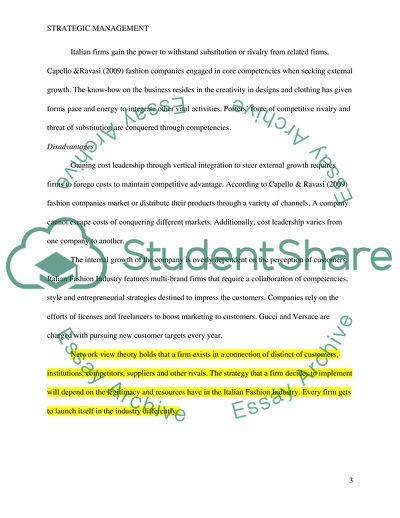Cite this document
(Strategic Management Assignment Example | Topics and Well Written Essays - 2000 words - 22, n.d.)
Strategic Management Assignment Example | Topics and Well Written Essays - 2000 words - 22. https://studentshare.org/marketing/1875267-strategic-management
Strategic Management Assignment Example | Topics and Well Written Essays - 2000 words - 22. https://studentshare.org/marketing/1875267-strategic-management
(Strategic Management Assignment Example | Topics and Well Written Essays - 2000 Words - 22)
Strategic Management Assignment Example | Topics and Well Written Essays - 2000 Words - 22. https://studentshare.org/marketing/1875267-strategic-management.
Strategic Management Assignment Example | Topics and Well Written Essays - 2000 Words - 22. https://studentshare.org/marketing/1875267-strategic-management.
“Strategic Management Assignment Example | Topics and Well Written Essays - 2000 Words - 22”. https://studentshare.org/marketing/1875267-strategic-management.


